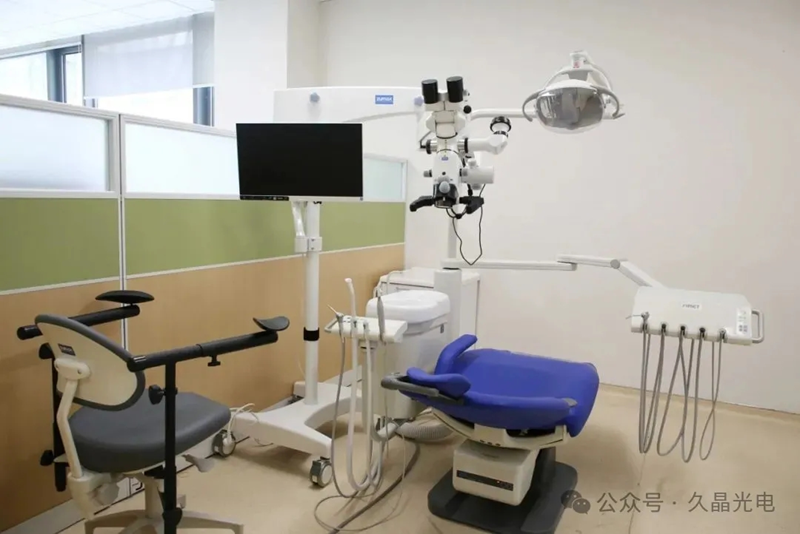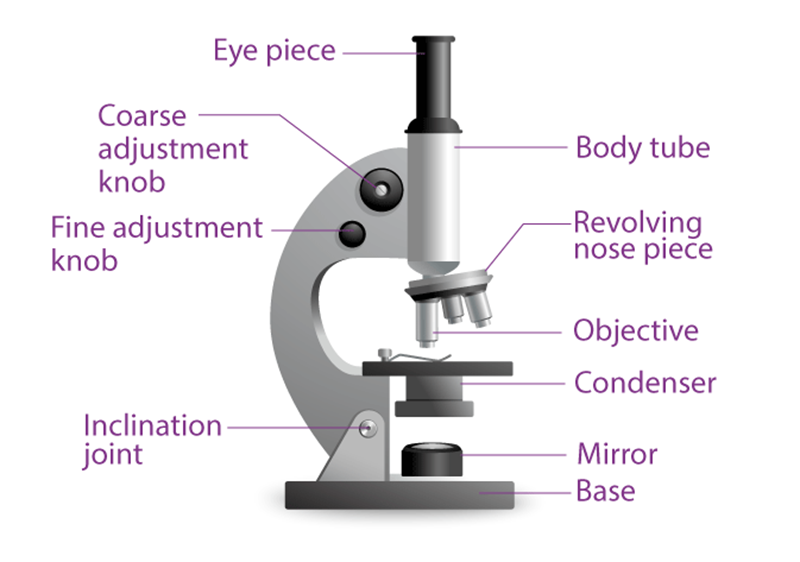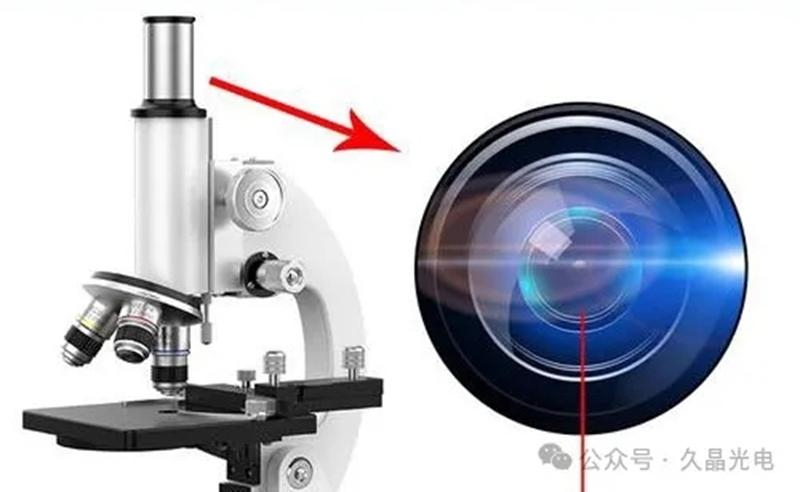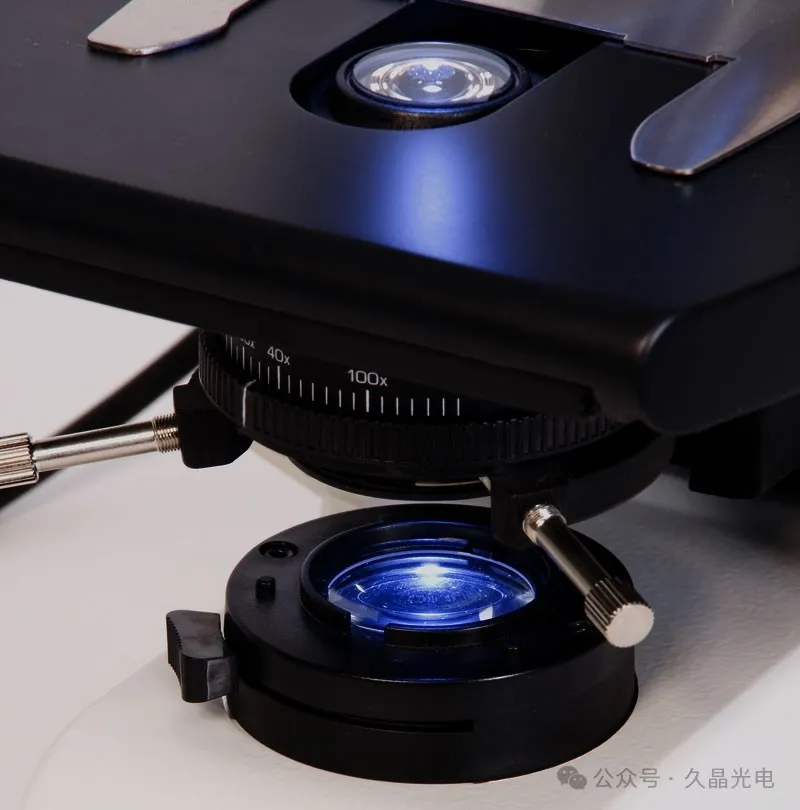The application of optical components in dental microscopes is essential for improving the precision and effectiveness of oral clinical treatments. Dental microscopes, also known as oral microscopes, root canal microscopes, or oral surgery microscopes, are widely used in various dental procedures such as endodontics, root canal treatments, apical surgery, clinical diagnosis, dental restoration, and periodontal treatments. Major global manufacturers of dental operating microscopes include Zeiss, Leica, Zumax Medical, and Global Surgical Corporation.
A dental surgical microscope typically consists of five main components: the holder system, the optical magnification system, the illumination system, the camera system, and accessories. The optical magnification system, which includes the objective lens, prism, eyepiece, and spotting scope, plays a crucial role in determining the microscope’s magnification and optical performance.
1.Objective Lens
The objective lens is the most critical optical component of the microscope, responsible for the initial imaging of the object under examination using light. It significantly influences the quality of imaging and various optical technical parameters, serving as a primary measure of the microscope’s quality. Traditional objective lenses can be categorized based on the degree of chromatic aberration correction, including achromatic objective lenses, complex achromatic objective lenses, and semi-apochromatic objective lenses.
2.Eyepiece
The eyepiece functions to magnify the real image produced by the objective lens and then further magnify the object image for observation by the user, essentially acting as a magnifying glass.
3.Spotting scope
The spotting scope, also known as a condenser, is typically mounted beneath the stage. It is essential for microscopes using objective lenses with a numerical aperture of 0.40 or greater. Spotting scopes can be categorized as Abbe condensers (comprising two lenses), achromatic condensers (comprising a series of lenses), and swing-out spotting lenses. Additionally, there are special-purpose spotting lenses such as dark field condensers, phase contrast condensers, polarizing condensers, and differential interference condensers, each applicable to specific observation modes.
By optimizing the application of these optical components, dental microscopes can significantly enhance the precision and quality of oral clinical treatments, making them indispensable tools in modern dental practices.
Post time: Apr-28-2024







